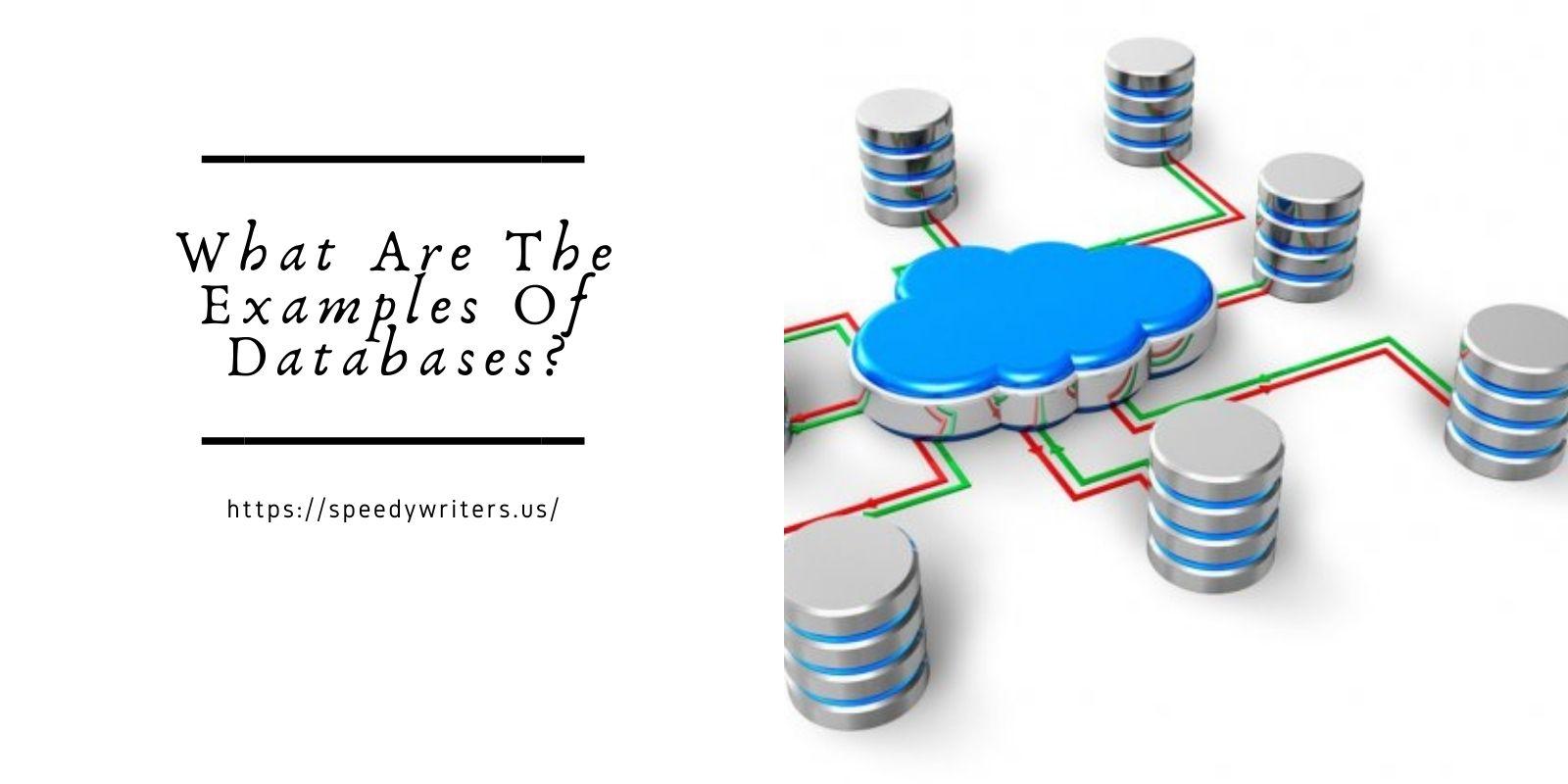A database is an organized data set held in a server or computer. Structured data is organized such that computers and humans can understand.
Are Spreadsheets Databases?
Spreadsheets are a type of database where data is contained by workbooks of one or multiple worksheets. Within worksheets, data is organized into columns and rows of cells. As such, spreadsheets really are a type of database.
They are various other applications for sorting or storing data known as Database Management Systems (DBMS).
Database Management Systems (DBMS)
A DBMS is software that facilitates the creation and management of databases. There are more than 300 systems representing 11 models of organizing data.
Relational DBMS
The most popular examples of relational data management systems are Microsoft Access and MySQL. They are used by almost all websites and apps you can think of. A Relational DBMS is like spreadsheet software. Data is organized into workbooks of tables containing columns and rows. The terminology for a Relational DBMS is databases of items characterized by their attributes and records.
In Access, data is stored in tables. Tables are like mini-spreadsheets that store one kind of data. They can contain numerous fields like columns in spreadsheets. You can easily set up each field in a table to allow or prevent users from entering certain information.
Relational databases are defined by schemas that describe relationships between formatting and items in attribute records. For instance, a schema may specify stores have sales and sales have dates, which are expressed yyyy/mm/dd.
Since its introduction in 1979, Relational DBMS has greatly surpassed navigational databases and influenced databasing in many sectors and industries. Relational DBMS has withstood numerous challenges posed by supposed disruptors, partly by accommodating changing needs. For instance, some systems of Relational DBMS have been stretched with modern, innovative features, including hierarchies, inheritance, non-atomic attributes, and user-defined data types.
However, the rise in popularity for NoSQL databases poses a significant challenge for Relational DBMS as the go-to data storage system for most data analytics requirements. You can read more about relational databases here
Document Stores
A well-known example of document stores is MongoDB. Document stores, also known as document-oriented database systems, have no schema, just like spreadsheets. As such, records can be non-uniform, have a nested structure, or both, and values can be stored as arrays.
Document stores are a leading example of NoSQL databases. They are growing more popular as effective solutions to certain data management challenges.
Document stores are quite similar to graph databases and can be categorized as a subclass of key-value stores. Native XML databases are a subclass of document stores in their own right. Merging these databases, however, yields no real advantage.
Document stores are compatible with internal notations (like JSON), which undergo direct processing. You can store JSON documents as a string in a key-value store or relational database. The databases are designed to efficiently store and update documents.
Search Engines
Search engines are a type of NoSQL database management system designed for searching data instead of editing it.
Some features of search engines include:
- Support for complex search expressions
- Full-text search
- Stemming (reducing inflected words to their stem)
- Ranking and grouping of search results
- Geospatial search
- Distributed search for high scalability
